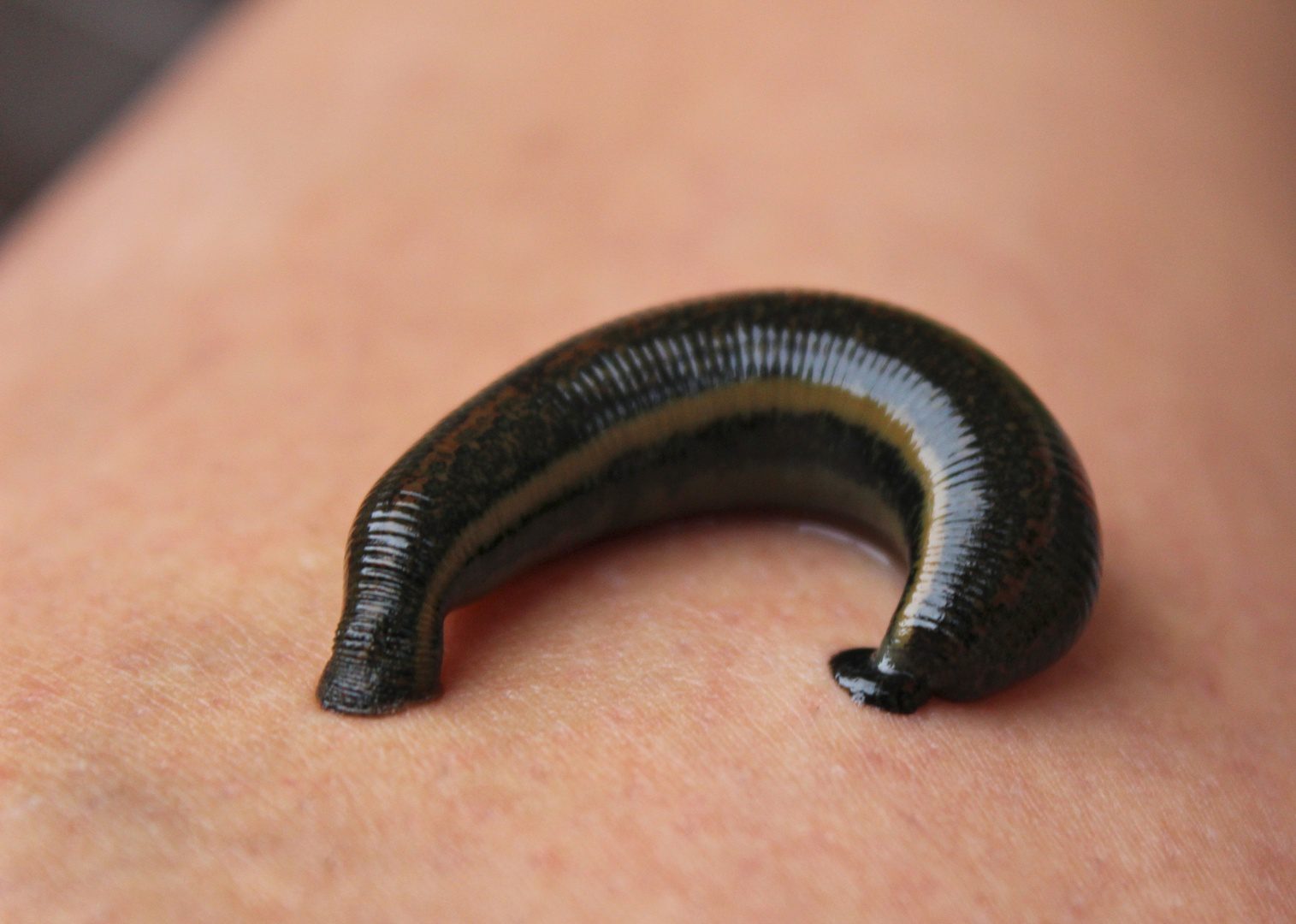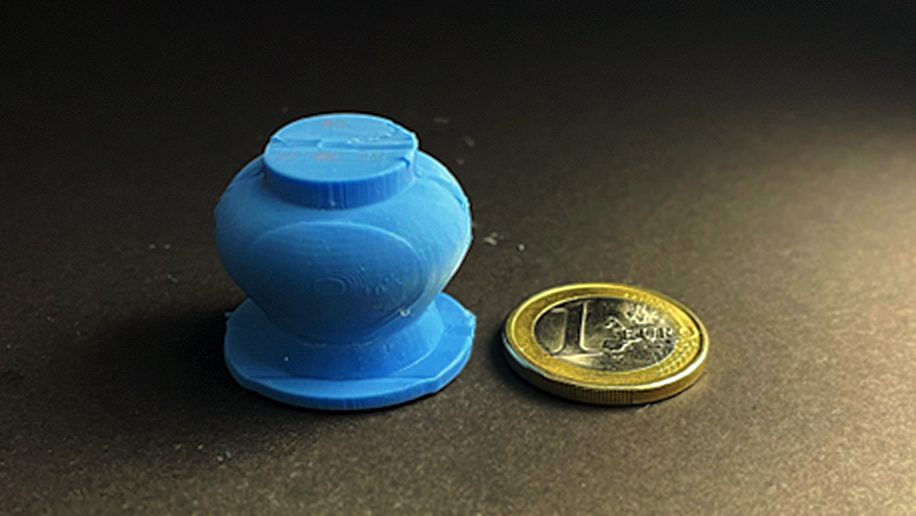
Scientists at ETH Zurich have introduced a new blood sampling device that could greatly improve the experience for patients worldwide, especially those who are afraid of needles. Based on how leeches work, this new technology uses microneedles and a suction cup to extract blood, making the process less intimidating and more effective than the traditional finger prick. Additionally, it is affordable, making it accessible for developing countries.
The device features a small suction cup with a cluster of microneedles that gently penetrate the skin to collect blood. This approach not only reduces discomfort but also gathers more blood compared to traditional finger pricks, which can improve the accuracy of diagnostic tests.
The device's simplicity and safety make it especially suitable for use in non-clinical settings, allowing even those without medical training to use it.
Innovation inspired by nature

Notably, the technology is inspired by one of nature's most proficient blood-suckers. After attaching to the skin with their sucker, leeches use sharp teeth to create an initial cut. They then release a mix of anticoagulants and anesthetics. By creating negative pressure within their bodies, leeches effectively draw blood into their digestive system. This method enables them to consume several times their body weight in blood, which they can store for months to sustain themselves between meals.
Previously, the ETH researchers used insights from the unassuming leech to develop a superior suction cup that can deliver medicine into the blood via the mucus membrane in the human gut. Now, they have identified yet another use for the leech's blood-sucking mechanism.
“For this earlier project, we had already studied leeches, which attach to their host with a sucker. We realized that we could develop a similar system to collect blood,” says David Klein, a doctoral student at ETH Zurich.

According to the researchers, this device could be particularly valuable in sub-Saharan Africa for diagnosing subtropical illnesses like malaria.
At present, the suction cup is made of silicone while the microneedles are made of steel. However, as this device progresses toward widespread use, researchers are concentrating on developing materials that are biodegradable.
While the prototype has been successfully tested on animal models, further studies on humans are necessary to ensure its safety and effectiveness. The research team is actively seeking partnerships to finance these crucial next phases, with the hope of bringing this innovative device to the market and making needle-free blood sampling a common practice.
The new technology was featured in the journal Advanced Science.









